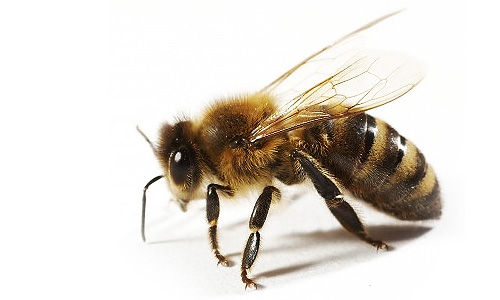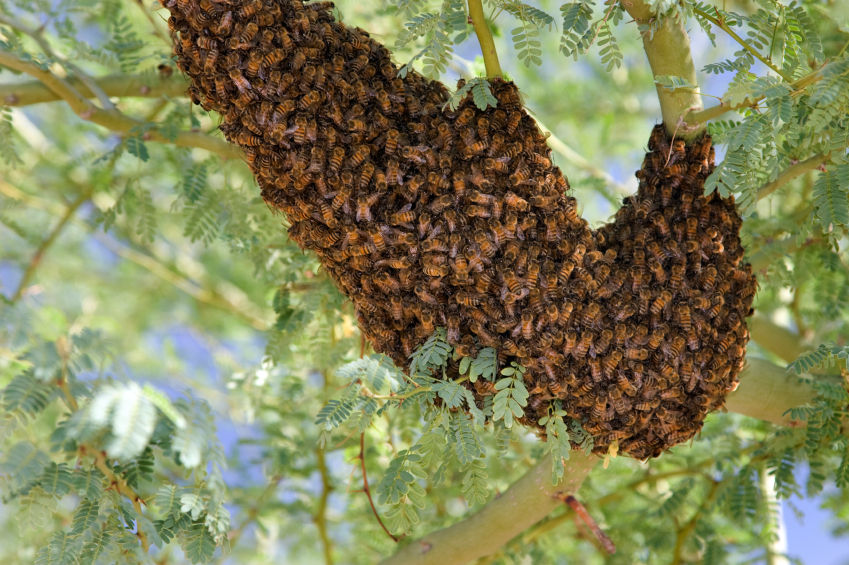Africanized bees – Are they out to get us?
- Nadia van Eekelen
- Articles
- 3 minutes (602 words)
One attack and you might be dead. A venom no deadlier than that of a normal honey bee, but this bee stings up to 10 times more, which causes a fatal amount of poison. Where do these so-called killer bees come from?
We can blame a Brazilian biologist, Warwick E. Kerr, for this. He attempted to breed a strain of bees that would produce more honey than the European honey bees and would be better adapted to tropical conditions. Kerr interbred honey bees from Europe and southern Africa, resulting in incredibly defensive and aggressive hybrid bees. In October 1957, a visiting beekeeper accidentally released 26(!) swarms of Africanized bees. They spread out and cross-bred with local European colonies. Due to their better adaptation to tropical climates, they rapidly moved further through America. The killer bees expanded their territory at a rate of 150-500 kilometres per year, earning the reputation of being a truly invasive species.
The arrival of the killer bees in America caused decades of terror and anxiety. But how dangerous are the bees actually? It might surprise you, but it was 1970’s horror films that led people to believe killer bees would make the world a nightmarish dangerous place once they were released. In reality, killer bee attacks are relatively rare. These insect-themed horror films, for example ‘The Fly’ (1986), were portraying images of attacking swarms of killer bees. In total, Hollywood has produced over 75 films featuring killer insects, some seriously terrifying.
Even though your chances of getting stung are low, you should know what to do if you encounter them! I have spent some time searching for answers, and the only advice is RUN. For the love of god, RUN AS FAST AS YOU CAN. Killer bees respond faster to potential threats (a.k.a. you) and are more likely to attack in large swarms. The bees use an alarm pheromone, which alerts other hive members. The longer you wait, the more bees will arrive ready to attack you. They will not stop if you keep still and ‘play dead.’ So just take my advice and keep running to seek shelter.
If you did not take my advice and were stung once or multiple times, I will be there to tell you ‘I told you so.’ Just kidding, if this happens to you, you need to take the stingers out of your skin as fast as possible. The stinger contains a venom sac, which will keep pumping venom into your body until removed. Wash the stinger sites with water and soap to prevent infections and use ice-packs to reduce the swelling. To be absolutely sure you are not in danger, seek medical help.
Trying to recognize the killer bees to avoid getting stung is hopeless. Unless you are a bee expert, you will not be able to tell them apart from normal honey bees. And even then, to positively identify a killer bee DNA testing is needed. The only thing you could do in the absence of a bee expert is trying to identify them by their behaviour. They are considered wild and easily angered. However, this is all the more reason to just stick to running.
So, the killer bees are probably not out to get us and this thought is just an enormous overreaction of the American citizens. However, do not watch too many insect-themed horror films if you want to stay alive. Getting scared when seeing the bees and waving your arms around will only confirm you are a threat and makes you more likely to get stung.

Killer bee

Killer bee hive

The Fly


Comments
Log in to read and post comments